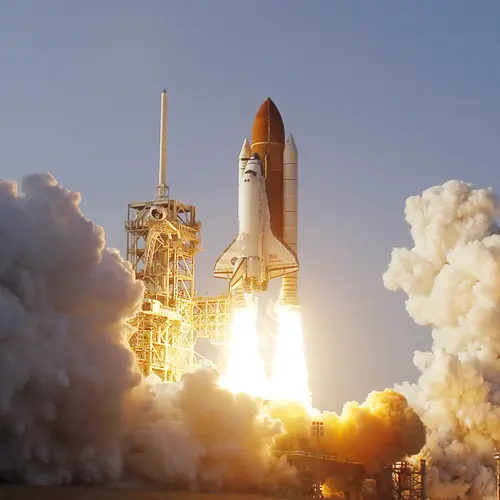/
STS-42
Launch Success
Liftoff Time (GMT)
14:52:33
Wednesday January 22, 1992
Watch Replay
Official Livestream
Mission Details
STS-42
Discovery carried into orbit the International Microgravity Laboratory-1 (IML-1), a pressurized manned Spacelab module, to explore in depth the complex effects of weightlessness on living organisms and materials processing. The international crew, divided into Red and Blue teams, conducted experiments on the human nervous system's adaptation to low gravity and the effects of microgravity on other life forms such as shrimp eggs, lentil seedlings, fruit fly eggs and bacteria. Low gravity materials processing experiments included crystal growth from a variety of substances such as enzymes, mercury iodine and a virus. Other payloads included 10 Get Away Special (GAS) canisters, a number of middeck payloads and two Shuttle Student Involvement Program (SSIP) experiments. Middeck payloads included Gelation of SOLS: Applied Microgravity Research (GOSAMR), Investigations into Polymer Membrane Processing (IPMP) and the Radiation Monitoring Experiment (RME-III).
Low Earth Orbit
13,066 kilograms
Rocket


Agency
NASAPrice
$450.00 million
Rocket
Height: 56.1m
Payload to Orbit
LEO: 27,500 kg
GTO: 3,810 kg
Liftoff Thrust
30,250 Kilonewtons
Stages
2
Strap-ons
2
Launch Site
Stats
Space Shuttle
45th
Mission
1st
Mission of 1992
1992
2nd
Orbital launch attempt
